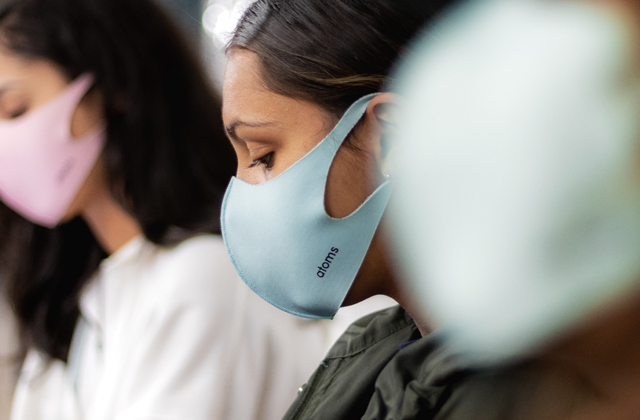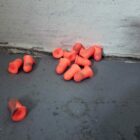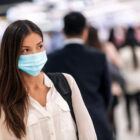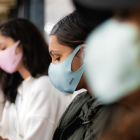
How to Choose the Right Face Mask
To help prevent the spread of COVID-19, the CDC (Centers for Disease Control and Prevention), in addition to hygiene and social distancing, now recommends the wearing of a mask in public. This post will focus on the types of masks available.
Face masks come in an assortment of styles, there are three general types of masks:
Cloth masks
Surgical Masks (aka 3-Ply Masks)
Respirator Masks (N95, KN95, FFP2, and other designations)
Cloth masks can be made at home or purchased from a wide assortment of vendors. They can help lower the spread of disease from asymptomatic carriers. That means you. Cloth masks will help prevent you from spreading viruses to other people, they are not effective at preventing the spread of viruses to you. The masks should be cleaned after every use. Care should be taken when removing the masks to not touch you nose mouth or eyes. Please remember to wash you hands after removing the masks.
Surgical masks are disposable masks that come in a variety of different styles and grades. They are designed to cover your nose, mouth, and chin. A typical mask is a flat rectangle with folds, a metal strip across the top, and elastic bands to either loop behind the ears or head. The folds allow for the mask to comfortably expand from your nose over your chin. The metal strip is designed to form a better over the bridge of your nose. Surgical masks that are U.S. Food and Drug Administration (FDA) cleared conform among other things with synthetic blood fluid resistance, bacterial filtration efficiency (BFE) and flame resistance. Listed BFE ratings typically are from 90% to 98%. Masks may be non-Sterile or Sterile depending on the intended usage. In addition to fluid resistance, surgical masks provide the wearer with protection against large droplets, splashes, or sprays of bodily or other hazardous fluids. The masks also help prevent the wearer from spreading infection to others. Due to the loose-fitting nature of the masks, they do not provide the wearer from protection from inhaling smaller airborne particles.
Respirator Masks most frequently known as N95 Respirators or N95 Masks. N95 represents the testing and certification issued by the National Institute of Occupational Safety and Health (NIOSH). This respirator is designed to filter 95% of particles greater than .3 microns, including viruses and bacteria. (Other countries test and certify masks with similar standards. During the current Corona Virus emergency, the FDA has issued several Emergency Use Authorizations (EUA) allowing the usage of imported masks for medical needs. These designated masks include China KN95, EU FFP2, AS/NZ P2, Korea First Class and Japan DS FFR).
Surgical N95 Respirators also are cleared by the FDA. The difference between the two types of N95 Respirators is the fluid resistance required by the FDA. N95 Respirators come in a variety of styles some with valves and some without. Those with valves are not cleared by the FDA for use as surgical masks. They will protect the user; they do not protect others from the user. Also, there are higher ratings, these include N99 which block 99% of particles, and N100 which block 99.97% of particles. The most important feature of all N95 Respirators is that a tight fit is required to ensure proper level of protection. Each time a respirator is used the user should ensure a proper seal is created with the mask. It should be noted that beards and stubble can prevent the creation of a tight seal. If the Respirators are used in areas of high exposure, they should be discarded after each use. They should also be discarded if they no longer form effective seals, if the become dirty or wet, and if they are difficult to breathe through.
One other important note. Unless specifically certified, none of these masks provide protection from solids or aerosols that contain oil. Oil certified masks are designated with an R or a P. The R designation indicates resistance to oil. The P designation indicates oil proof. As an example, a P95 mask is one that is oil proof and filters at the 95% level.
Keep yourself safe and others safe. Wear a mask.



